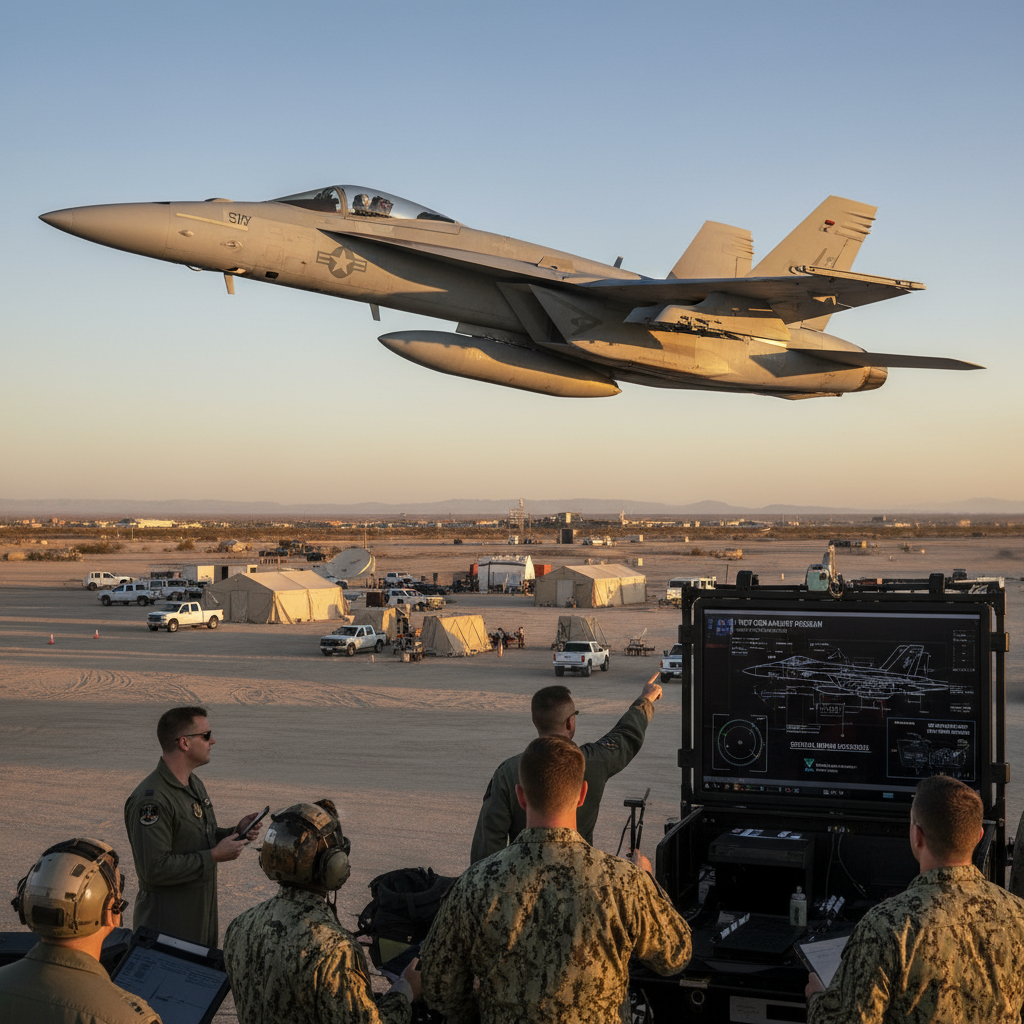Physical Address
304 North Cardinal St.
Dorchester Center, MA 02124
Physical Address
304 North Cardinal St.
Dorchester Center, MA 02124
Global aviation news tracker
Global aviation news tracker

RTX’s EW prototype for the F/A-18E/F Super Hornet has passed a key review, advancing the US Navy’s Next Generation Jammer effort.
The RTX EW prototype integrates digital receiver/exciter technology and a modular architecture to help the Boeing F/A-18E/F Super Hornet operate in contested electronic environments. The system passed a critical design review, a milestone that keeps the Next Generation Jammer (NGJ) program on track for further flight testing and planned integration with operational Super Hornet squadrons in 2026.
Why this matters: electronic warfare (EW) systems like RTX’s are designed to detect, deny and degrade adversary sensors and communications. For the US Navy (USN), modern EW suites extend mission effectiveness for multirole fighters such as the F/A-18E/F, helping pilots survive against evolving radar and communications threats. The prototype’s digital receiver/exciter approach promises faster signal processing and easier upgrades compared with older analog systems.
RTX describes the design as modular, which simplifies integration and future tech insertions. That modularity is important for fielding capability across different Super Hornet configurations and for keeping pace with rapidly changing threat libraries. The program now moves into an expanded flight-test phase ahead of squadron-level integration planned in 2026.
Next steps include additional airborne evaluations, software validation against realistic threat sets, and integration trials on operational aircraft. Successful tests will pave the way for fielding the NGJ capability as part of USN electronic attack squadrons, improving fleet survivability in contested airspace. Observers say the combination of digital RF front ends and modular systems is the direction of modern EW development, enabling quicker updates without major hardware changes.